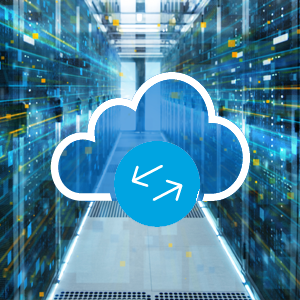How OCR data extraction from documents is crucial in many workflows
Digitization of work and increasing automation show what the current pace of technological growth means for the future of work. Let’s look at how extracting data from documents is key for many workflows.
 Automated data extraction is crucial for businesses to process and analyze machine-readable data for invoice/e-mail/contract processing, record maintenance, accounting, and payments. Real-time data extraction assisted by automated workflows helps companies make better decisions and connect them to customers through accurate analysis and insights for reports. It naturally cuts cost and time, brings down manual errors, and saves employees’ effort.
Automated data extraction is crucial for businesses to process and analyze machine-readable data for invoice/e-mail/contract processing, record maintenance, accounting, and payments. Real-time data extraction assisted by automated workflows helps companies make better decisions and connect them to customers through accurate analysis and insights for reports. It naturally cuts cost and time, brings down manual errors, and saves employees’ effort.
Digitization of work and increasing automation show what the current pace of technological growth means for the future of work. Let’s look at how extracting data from documents is key for many workflows.
Technology progresses, and so do our workflows. Building a digital transformation strategy for a business is difficult because it involves collaborations, culture, ecosystems, empowerment, etc, which makes it difficult to formulate a solid roadmap. According to data, only less than 30% of digital transformations are successful. The number is even lower for digital-savvy organizations like media and telecommunications companies, less than 26% of reported cases. The number of people succeeding in these industries varies between 4-11%.
Machine learning and artificial intelligence can help companies automate tedious, time-consuming, and repetitive tasks and release valuable human resources for more important tasks. Supply chain management systems help businesses with inventory, payments, sales, distribution, etc. In conventional software, the data about purchases and unsold goods need to be entered manually. Multiple people would be employed solely to review receipts and invoices. The benefits of digitizing these invoices and receipts can be endless if the digital information is processed using machine learning-based tools. During the process of information extraction, image quality, information storage, error correction, etc. all of these steps that usually require multiple people, spending hours and hours to get the job done, can be semi-automated, reducing the number of people required for the same amount of work, that too in a fraction of the time the process required before the advent of automation.
Over the years, there has been a shift towards the platform economy that is driven by cutting-edge technologies like artificial intelligence, big data analytics, cloud computing, and the intelligence of objects on the internet. To stay relevant in an era of companies like Airbnb, Uber, Amazon, Google, Salesforce, and Facebook requires us to adopt a data-centric and information-driven approach.
Understanding how information is the key to digital transformation is crucial. There is always this stream of information in several media - images, articles, reports, research papers, printed documents, digital documents, and more. Depending on the company, they might have to deal with any number of media. There is often a lot of information companies are collecting from their clients, but they don’t know what to do with it so they can generate value out of it. In order not to build a weak strategy, one must determine what goals to set beforehand when planning a digital transformation.
Is your end goal to drive a cultural shift towards newer technologies or perhaps to increase sales and revenues? Knowing what you want at the end can help data scientists and engineers in designing solutions in a manner that aligns with the company's broader vision. There are many other deliberations that need to be discussed like the feasibility of the product with the engineering and infrastructure managers, training data, defining KPIs, algorithms choice/design, integration, testing, and deployment. Making digitization easier, reviewing, error correction, and making information accessible to anyone without much knowledge in data science or software development can go a long way to drive a successful transformation.


